The paper was founded by two editors of the Harvard Crimson who had participated in the 1964 Freedom Summer in Mississippi. Frustrated by the unfair news coverage there, they decided to establish an outlet for participants and advocates of the civil rights movement. Initially, the project focused on Alabama, a logical choice in light of the recent Selma to Montgomery March and the voter registration activity that was expected to follow.
Although dedicated primarily to hard news such as politics, economics, and education, the Courier also published human interest pieces about the people it served. These readers were ignored by their own hometown newspapers. The Courier gave them a chance to be seen and heard by their peers; it was a platform to share their views and feelings, whether profound or mundane.
A key to this representation was the photography that accompanied each issue. In addition to article illustrations, full-page photo essays highlighted famous figures and local folks alike, often with few or no words. Many staffers contributed images to the paper, but none was more prolific than James H. (Jim) Peppler, who served as principal photographer and photo editor from July 1965 to the spring of 1968.
Peppler, a native of Philadelphia, was twenty-four when he arrived in Montgomery with his wife and young daughter. The couple lived at the home of Clifford and Virginia Durr (“god-parents of the Courier”), in an apartment that also provided a darkroom and gathering spot for the staff. Peppler had graduated from Penn State a few months before, and the position was his first experience with both professional journalism and conditions in the South.
During his tenure at the Courier, Peppler developed the style and philosophy that would characterize his forty-year career. He approached assignments with the requisite distance and objectivity, but also with compassion and a genuine interest in the lives of the people he met. No matter what the subject, he sought to represent the situation accurately, to validate the experience, and to respect those who consented to pose for his camera.
Like the paper itself, Peppler’s work ran the full journalistic spectrum. He photographed individuals and events of national renown, such as Martin Luther King Jr., Robert Kennedy, the Poor People’s Campaign, and the James Meredith “March Against Fear.” He followed local civil rights eff orts, like small-town demonstrations, community organizations, political campaigns, and election days. He observed domestic and social life, visiting neighborhoods, nightclubs, concerts, parades, and sporting events. Together the images document a society redefining normality in a period of constant change.
Throughout his years in journalism, Peppler came to believe that photographs do not belong solely to their creators; the people in the photos have a stake in them as well. So when he decided to donate his collection, he looked for a repository that would protect the negatives but also make the images available to all who might be pictured in them. Of the institutions he considered, only the Alabama Department of Archives and History (ADAH) had the resources and interest to fulfill his wishes.
The archives staff immediately saw the historical significance of the material and was eager to give it a permanent home. The collection was accessioned in the fall of 2009, with the understanding that all 11,000 negatives would be scanned and put online. The digitization project, funded in part by a grant, began in October and continued for the next three years. Along the way, portions were uploaded to the ADAH’s digital collections, usually with detailed descriptions and links to related newspaper issues on the official Southern Courier website.
As expected, scholars, authors, and producers were thrilled to discover the images. But even more rewarding were responses from those who knew the faces and places firsthand—the very people Peppler had hoped to reach, the same people the Courier was established to serve. The archives was a natural fit for this invaluable collection, finally open to the world; its mission was essentially the same as that of the photographer and the paper: “We tell the story of the people of Alabama.” To see the entire Jim Peppler Southern Courier photograph collection, visit http://digital.archives.alabama.gov/cdm/landingpage/collection/peppler.
Author
Meredith McDonough is the digital assets coordinator at the Alabama Department of Archives and History.
This feature was previously published in Issue 121, Summer 2016.
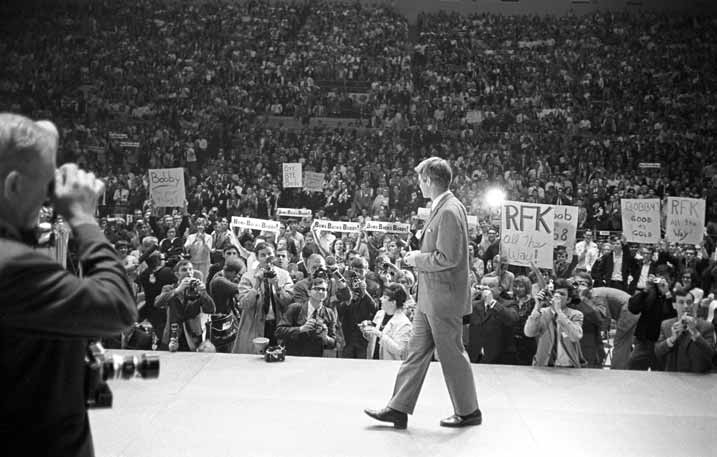
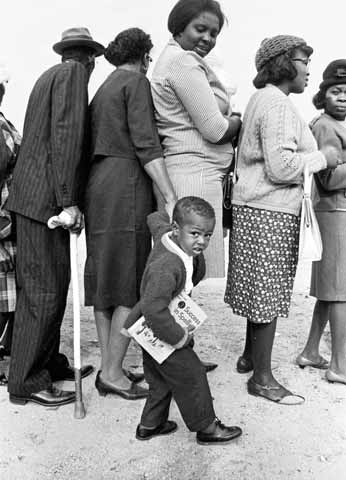
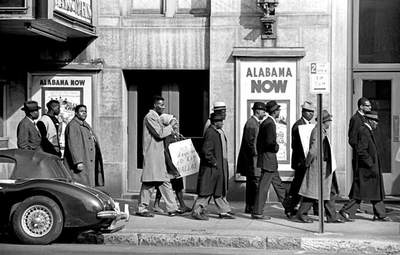
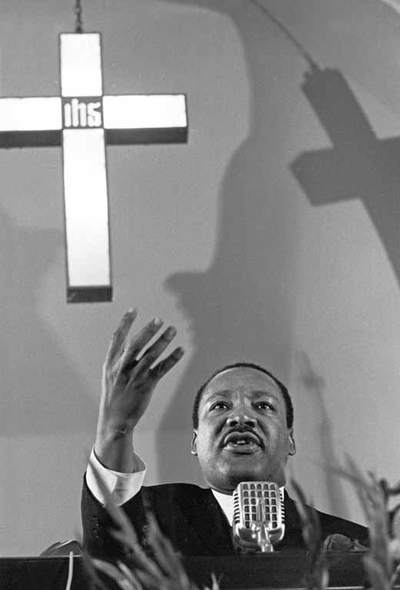
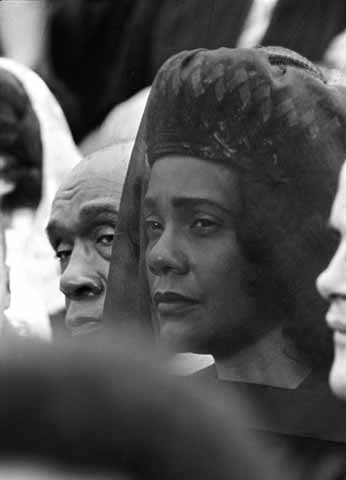
 RSS Feed
RSS Feed